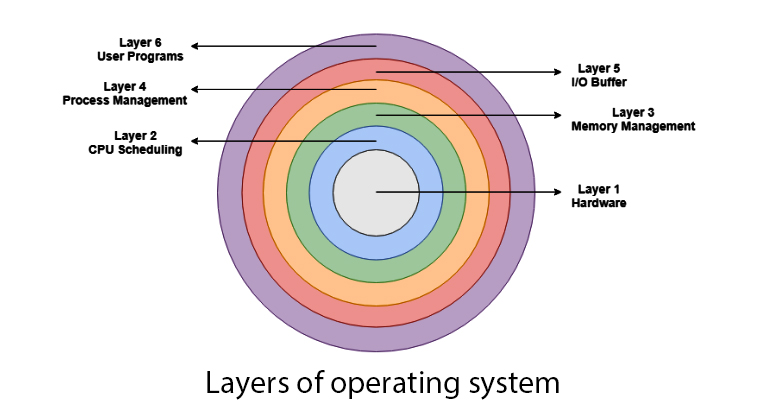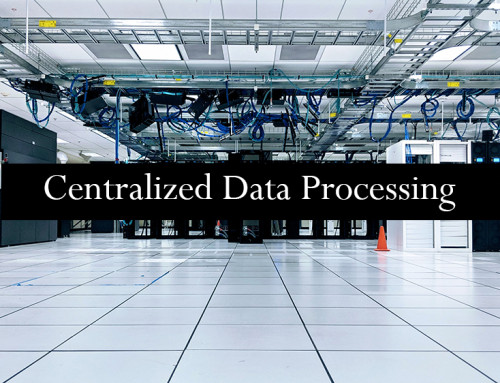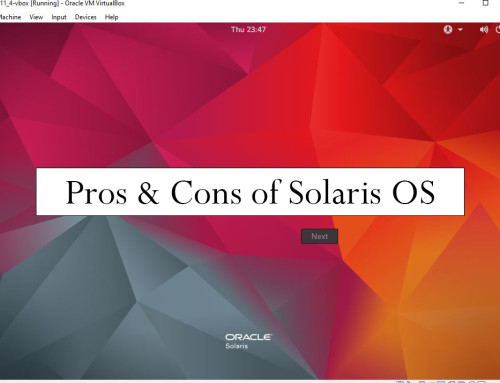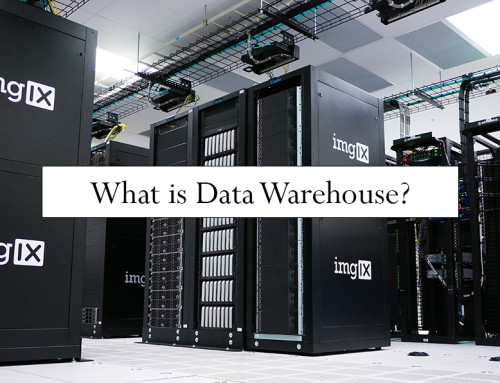What is a layered operating system:
An operating system that has different types of layers for handling system software and user software is known as a layered operating system. The lower layers are responsible for handling core system software while the above layers are responsible for handling application software. A single layer can only interact with the layer above or below that layer.
Before the layered structure, there were two types of system:-
- Monolithic structure (UNIX)
- Simple structure (MS-DOS)
Examples of the layered operating system:-
- Windows NT operating system

Layers of the operating system:
Below are the layers of an operating system:-
Process management layer:
In this layer, processes are managed i.e. which process is to be executed next and how many processes will stay in the waiting schedule. The priority of the processes is also managed in this layer.
User programs layer:
This type of layer is associated with the user programs like MS Word, Chrome, Calculator, Music Player etc. All the programs are managed in this layer. You can also call this an application layer because it is concerned with application programs.
CPU scheduling layer:
All the CPU (central processing unit) scheduling is managed in this layer. This layer is responsible for managing how many processes will be allocated to the CPU and how many processes will stay out of the CPU.
Memory management layer:
All memory management is associated with this layer. As you know there are various types of memories in the computer like RAM, ROM. If you consider RAM (Random access memory) then it is concerned with swapping in and swapping out of memory. When our computer runs then some processes move to the main memory (RAM) for execution and when programs (e.g. calculator) exit then it is removed from the main memory. These types of things are managed by this layer.
I/O buffer layer:
Suppose you are typing from the keyboard. There is a keyboard buffer attached with the keyboard which stores data for a temporary time. Similarly, all input/output devices have some type of buffer attached to them. This is because the input/output devices have slow processing/storing speed. To maintain the good timing speed of processor and input/output devices the computer uses buffers. The buffers are managed in this layer.
Hardware layer:
There are various types of devices we attach with the computer e.g. keyboard, mouse, printer, scanner etc. These types of hardware devices are managed in the hardware layer. The hardware layer is the most authority layer and it is attached directly to the core of the system.




